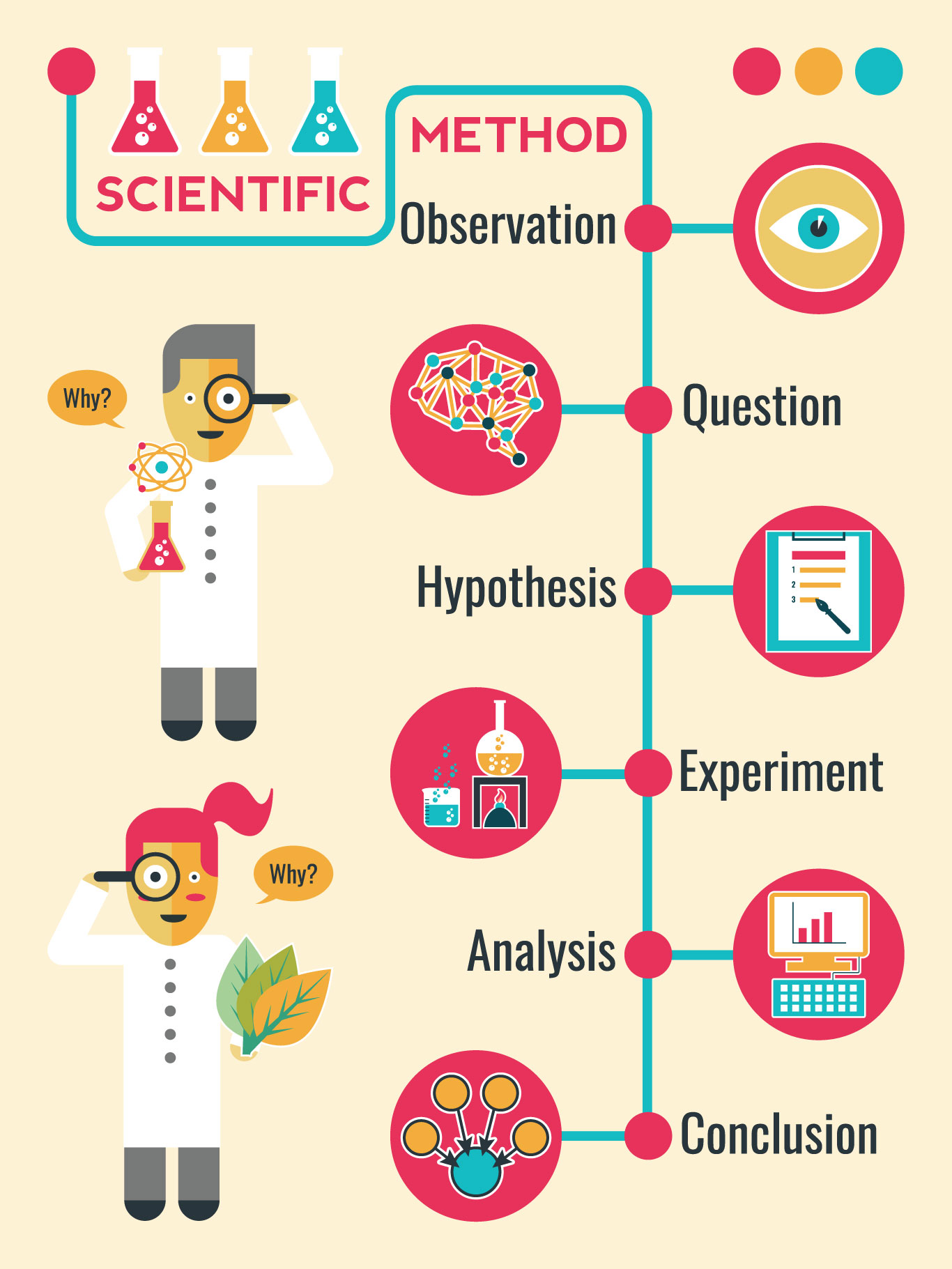Updated 6/4/24
The pandemic helped grow the popularity of chess exponentially. Makes sense, right? The game only takes two people to play, and, although it has a social aspect, the online versions are generally easy to use. By playing chess, almost anyone can learn critical-thinking, problem-solving, and abstract-reasoning skills at some level. And inventiveness can overcome any boundaries of accessibility.
The Queen of Pop Culture
In my experience, even people who don’t subscribe to Netflix have heard something about The Queen’s Gambit, the fictional story of a girl who grows up an orphan and by chance finds herself on a path to succeed in the world of chess. Of course, it’s based on a book by Walter Tevis released in 1983, so the story has been around for a while. But the booming popularity of a game that I hadn’t heard about in a long time is intriguing. The interest in chess has jumped significantly within the last few years. For instance, sales of chess sets in the US jumped 87 percent in October of 2020, and continues to grow. Wow!
The Queen’s Gambit isn’t the only chess movie based on a book that’s had an impact on the chess world. Disney released the movie Queen of Katwe in 2016, based on a true story written by Tim Crothers. The main character is an Ugandan girl, Phiona Mutesi, whose talent for chess sends her on an unexpected journey – From Slum Kid to Chess Champion.
Need more inspiration? I was surprised at the number of results for chess-related books and movies when I searched. Plenty of resources, both entertainment and knowledge based, are available whether you’re a newbie or have tons of experience with the game.
The STEM of Chess
Chess is a great way to teach many life skills: abstract reasoning, concentration, creativity, critical thinking, memorization, patience, problem-solving, strategic planning, and visualization. But, what STEM connections can be made?
There are some intriguing SCIENCE connections using chess, such as research about memory, problem-solving, and visualization. But one of the most obvious connections seems to be the scientific method.

Students might not even realize they’re going through the steps of the scientific method when they strategize each move. As the game progresses, the need to counter threats and avoid capture makes it necessary for players to pause and analyze the potential problems, visualize the possibilities, plan moves, and play with the intention of improving each time they see the results.
The history of computer chess as we know it today is long and has many interesting twists and turns. TECHNOLOGY gives us access to the history and more. Online, students can view previous games to analyze strategies and outcomes or gain instruction by watching tutorials. There are even databases that can be searched to watch historical games. Popular chess networks where players can compete, chat, watch games, and learn are also easily found.
ENGINEERING is all about solving problems, learning how things work, and innovating new ways to use things. Almost sounds like a chess match. All the life skills the game of chess teaches are a foundation for designing, developing, testing, and creating products and systems.
That leaves MATH. On the most basic level, chess relies on counting squares. Each chess piece has a designated number and pattern of squares it can move. Then, you can get into the geometry of the game based on lines that make up the ranks, files, and diagonals. And that’s only the tip of the iceberg. There are books and software that set up game situations and provide a goal to solve mathematical chess problems. Scoring builds graphing skills by using coordinates. Students can also learn probability, critical-thinking, and planning skills that all translate to math skills.
Curriculum Specialist David Meador, who started chess clubs at three schools where he taught, agrees, “One of the most significant benefits was teaching the kids to have fun while thinking and planning. This definitely would transfer to STEM.”
Watch this video to hear the STEM connections chess has for a young international chess master – who graduated from college at the age of 17.

Chessboards and Chessmen
The accessibility of a chess set is crazy easy for virtually anyone. You might just have to get a little creative if you don’t have Wi-Fi access or there are no dollars to get your endeavor going. You can visit a chess game website, download an app, do some online shopping, or google some DIY tutorials. Or, you could check your local stores and garage sales or simply get creative with what you have lying around.
Here are some interesting alternatives, whether your budget is tight or you’d like to add a little hands on before tackling the minds on.
- Making a chess board with a pack of cards
- Making chess pieces from nuts and bolts
- Making a chess set from LEGO® pieces
If funding is an issue, consider looking for grant or partner opportunities.
A Good Opening
The first move in chess is called the opening. So, let’s look at getting started with chess in a school or classroom.
An all-in-one resource is Chess.com. It’s available for desktop, iOS, and Android. The software provides free curriculum that meets Common Core State Standards, and there is a scholastic extension at ChessKid.com to help manage students and programs. After I read the curriculum sample, as a guest and a beginner, I tried out a puzzle and played a game. The interface was intuitive, but I don’t seem to have any hidden talents for chess, just a desire to learn more.
If you’re looking to start a chess club or after-school program, there’s a lot of advice to sort through online! One resource you might find useful is a blog by Dkchess.com.
The Endgame
The benefits of teaching chess or starting a club or after-school program can extend far into the future for your students. Just ask Kevin Fite, who started a program in Detroit – his success can be seen on YouTube. Even if you don’t know the game well yet, there are resources to help, and don’t forget to reach out to local talent. Chess can be competitive, but there are those that love to share their knowledge.
Still not sure about getting started? Keep the brainstorming going. Share your questions or ideas for teaching chess in the comments.
MORE RESOURCES:
- The Effect of Chess on Standardized Test Score Gains
- Neuroscientific Evidence Support that Chess Improves Academic Performance in School
- Chess 101: All the Chess Piece Names and Moves to Know
- How to Build a Chessboard (wooden)
- How Chess Enhances STEM Skills
- Chess Helps Low-Income Students Understand STEM Skills
- Making a Move: The Popularity of Chess Has Grown During the Pandemic, with Games Moving Online
- Chess in Schools Survey 2020: First Conclusions and Takeaways (internationally)
- Upcoming Chess Tournaments by State
- US National Events Calendar

TOPICS: IN THE CLASSROOM, IDEAS & INSPIRATION, Teacher Resources, Technology, STEM, Trends, Resources, Engineering, Activities, Hands-on Learning, Math



